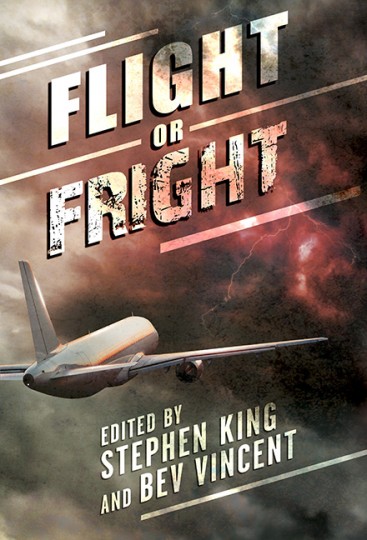[August 2012] A lot of what happens at the keyboard is a mystery. We sit down at the computer, open the document, figure out where we were, and continue on from that point. How does that work, exactly? We don’t think: next, he’s going to do this, and the room looks like that, and then he’s going to say something. It spills through us. Much of the work is done at a subliminal level that’s never been described to my satisfaction. No wonder some of us refer to it as channeling.
Granted, this is all first draft stuff. A lot goes on later to improve upon what we’ve written. To remove the stream of consciousness stuff that had to come out of our heads to release the next bit of prose. To fine tune the descriptions, the dialog, the order in which things are told on a word-by-word / sentence-by-sentence / paragraph-by-paragraph basis. That is less subliminal. At least for me.
Sometimes an opening sentence, paragraph or scene will occur to me long before I’m ready to start a new piece of fiction. That’s the point I’m at right now with a new story. I see that opening scene clearly. I have a pretty good idea of what the action means for the main character on a metaphoric level, but I have no idea what’s going to happen after he does what he does in the first paragraph. Or how the others around him are going to react to his actions.
I’ve been thinking about this scene for a couple of weeks now. It came to me out of the blue. I wasn’t pondering something to write. I can’t associate the epiphany with anything concrete. Sometimes I can say: I came up with this story idea because I heard X or I saw Y. This time, I have no earthly idea where the idea came from. But it’s been sticking with me, which is a good thing. Then I saw a way to tie it into a themed anthology that I’ve been hoping to write something for. It makes some sense, given the underlying metaphor. I’m not trying to force the story into the theme of the anthology, but there’s something “organic” going on that is leading me in that direction. It’s a case of an isolated idea needing something else to cross the gap in the spark plugs to fire the creative engine. One idea is seldom enough for a story. I need at least two, and they usually have to be at variance with each other. The connection between them isn’t always obvious. Oil and vinegar.
Before I open the new Word document, I often write and rewrite that envisioned opening scene in my mind. I do this while I’m doing other things. Primarily when I’m taking a shower or when I’m going to sleep or just waking up. It’s more than a vision of the scene. I create real sentences and assemble them into paragraphs. By the time I feel ready to start the story (which doesn’t necessarily mean that I know where it’s going or how it will end), the first thing I have to do is to “transcribe” the mental sentences. This should be easy, but they often become elusive when I try to convert them from neural flashes to pixels on the monitor. They slip and slide. They may have seemed perfect in my head, but they turn to smoke when I try to grab them. I fumble around, and what comes out seems like a pale imitation of what I thought I had in my head. For all I know, it’s an exact record of what was in my head, but it never seems quite as good.
There’s an interesting blog entry in The New York Times called Where Do Sentences Come From? by Verlyn Klinkenborg, in which he talks about how he gets students to become creative using mental exercises in writing. He says, ”A sentence you don’t write down is a sentence you feel free to change. Inscribe it, and you’re chained to it for life. That, at least, is how many writers act. A written sentence possesses a crippling inertia.” I don’t necessarily subscribe to that theory, but his description of mental writing is a good one.
If only I could find a way to tap into my brain and have a program auto-transcribe the allegedly perfected prose I come up with. Is there an app for that?

